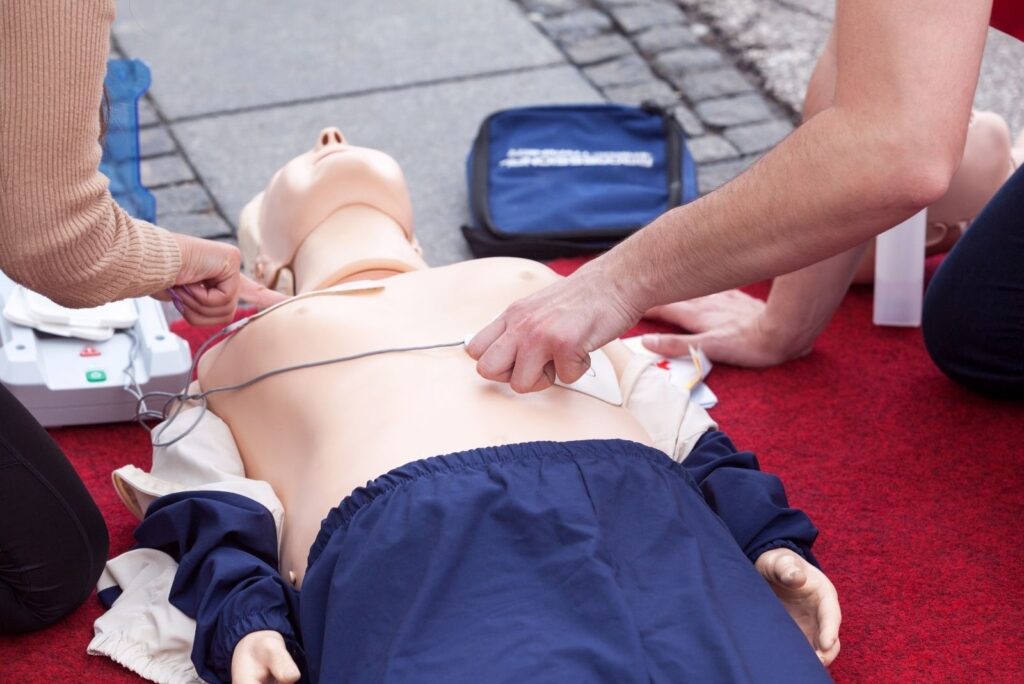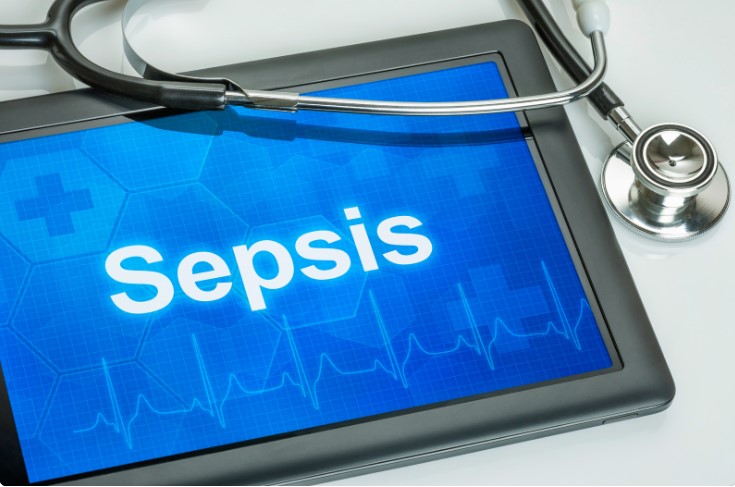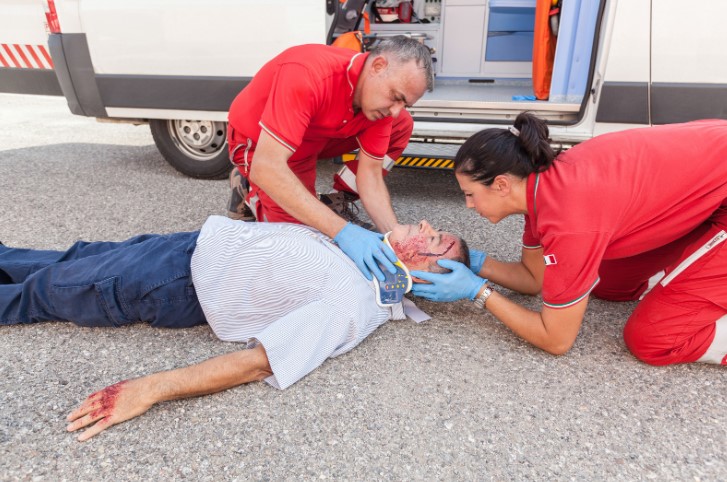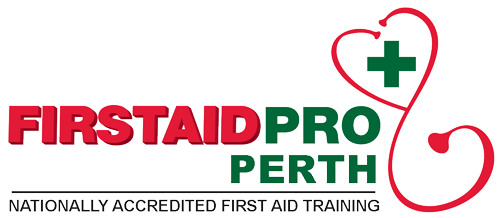You enrolled yourself in a CPR class, and you are unsure what to expect. Granted, CPR training could be one of the most important courses you will ever take in your life.
Should an emergency happen, you will have both knowledge and confidence to administer resuscitation and other potentially lifesaving assistance.Although most CPR courses are initiated by the employer or a workplace initiative, these skills are invaluable in everyday scenarios. Regardless of gender, occupation, and industry, everyone is welcome to attend a course.
CPR training is all about being prepared for the unexpected. The training will offer you both skills and understanding when dealing with life-threatening emergencies in a CPR class. CPR Training helps you attain the basic knowledge needed in attending cardiac emergencies. It also encompasses different lifesaving skills. The best example is when CPR is applied to someone who has lost consciousness and cannot breathe.
Having a little background beforehand in a CPR class would be helpful. Preparing in advance can give you a head start to excel at your CPR Course.
How To Prepare?
A day of theory learning and practical chest compressions, and rescue breathing assessment may seem like a challenge. Even though there are many topics that a CPR training class will cover, it is not necessary for students to do in-depth research on first aid or emergency response. A great first aid training won’t require you to have any prior knowledge before class. You may read the manual that your training provider will give before class, but they do not expect you to learn all of it by reading.
In fact, there are instances where attempting to learn all of it beforehand may cause confusion during the actual practice. As the basic CPR course is designed for beginners, first aid trainers and instructors won’t expect you to know anything. Simply show up on the day of your scheduled training with a positive attitude. Have the willingness to participate in role-playing activities and other practical scenarios.
What Will You Learn In A CPR Class?
For a one-day (3-hour) CPR course, you will be given a mix of both hands-on practical training as well as theory to study.
Other topics that will be covered in a CPR course include:
How To Perform A Basic Casualty Examination (Primary And Secondary Assessment)?
Basic Casualty Examination is the initial assessment used to detect all immediate threats to life during an emergency. The assessment will help you form a general evaluation of the patient that will determine the seriousness of the patient’s condition based on his level of injuries. You will also learn how to assess airway, breathing, and circulation (ABC) and learn special considerations for infants, children, and people with certain conditions.
How To Use An Automated External Defibrillator Or AED?
Being able to provide help to anyone in need is a powerful thing. That is why CPR classes include the use of an automated external defibrillator on both kids and adults.
Perform Basic Life Support (BLS)
BLS refers to the type of care that first responders and other medical professionals provide to someone who may be experiencing sudden cardiac arrest and respiratory problems. Doing so will require CPR knowledge which is why BLS is included in a CPR training topic.
Choking Management
Choking occurs when a foreign object is lodged in the throat or windpipe, blocking the flow of air. Choking emergency is covered in a CPR class as chest compression may dislodge the object. CPR techniques will help open up the airway if the person does not resume breathing.
How To Put The Victim In The Recovery Position Or Safe Airway Position?
One important lesson taught in basic CPR training is putting a person in a recovery position. The recovery position in first aid treatment refers to the way you position a person to keep their airway open. It is also called the safe airway position as it prevents vomit or other fluid from choking the person when they are unconscious. It is best to put the victim on their side if they are unconscious but still breathing normally. Make sure that if you use this position, there are no other life-threatening conditions present.
In addition, you will also be taught how to record and report accident scenes as part of the CPR program. Knowing this skill is particularly useful for workplace first aiders or those who practice first aid in the workplace. Upon successful completion of the course, you will receive a Statement of Attainment for CPR training.
Other topics include understanding the links in the chain of survival and knowing the qualities of high-performance CPR. It also tackles the importance of personal safety and standard precautions when providing resuscitation efforts.
CPR courses are offered through Registered Training Organisations (RTOs) with instructions from competent health care professionals and First Aid trainers. First aid instructors have experience in the health and safety field. Most of the training parts are in line with modern and widely taught First Aid practices and regulation adherence.
The standard 1-day course generally does not involve a final exam or assessment. Instead, the instructor or assessor will assess students at the end of training. Given that all the demonstrations are carried out successfully, students will be awarded a valid CPR certification for 12 months (1 year).
CPR Confidence: Being Ready To Help (While Understanding Your Limitations)
Granted that you will gain the knowledge, skills, and experience to help someone in need when you take CPR training. On top of that, you will also learn about your boundaries, including the limits of your abilities.
Knowing what you can and cannot do in an emergency is a huge part of building your confidence. As someone trained in providing CPR and First Aid, your job is to help someone who is ill and injured. Your goal is to keep them safe until more advanced medical treatment arrives.








